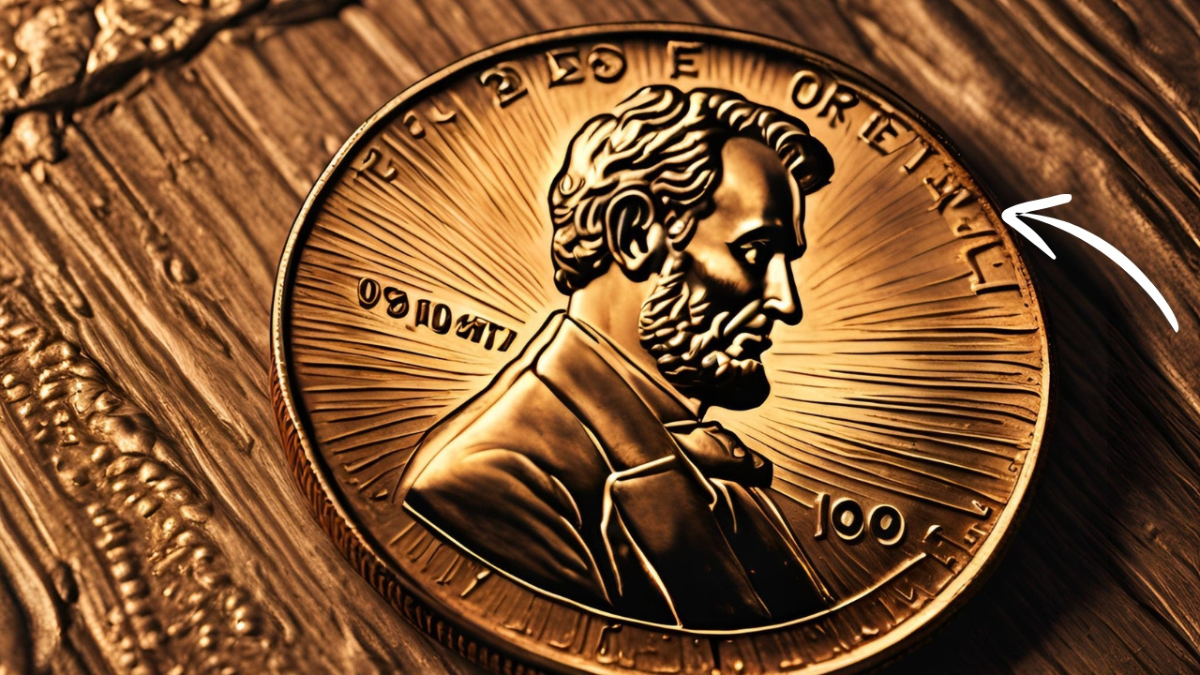The Lincoln Wheat Penny, a humble one-cent coin that first appeared in 1909, holds an esteemed place in numismatic history. While most of these pennies are valued at their face value, a rare variation recently sold for an astonishing $6.8 million, cementing its place as one of the most sought-after coins in the world. Let’s dive into the details of this incredible coin, why it is so valuable, and how it might still be in circulation.
The Origin of the Lincoln Wheat Penny
The Lincoln Wheat Penny, also called the “Wheat Cent,” was introduced in 1909 to commemorate the centennial of Abraham Lincoln’s birth. Designed by Victor David Brenner, the obverse features Lincoln’s portrait—the first time a U.S. president appeared on a circulating coin. The reverse displays two wheat stalks flanking the words “ONE CENT” and “UNITED STATES OF AMERICA,” along with the motto “E PLURIBUS UNUM.”
Key Specifications:
- Minting Years: 1909-1958
- Composition: 95% copper, 5% tin and zinc (pre-1943); steel coated with zinc (1943); copper-zinc alloy (1944-1958)
- Diameter: 19.05 mm
- Weight: 3.11 grams (copper), 2.7 grams (steel)
- Designer: Victor David Brenner
What Makes This Coin Worth $6.8 Million?
The $6.8 million Lincoln Wheat Penny is a 1943-D bronze cent. During World War II, the U.S. Mint shifted to producing pennies from steel coated with zinc to conserve copper for the war effort. However, a few bronze planchets (blanks) from 1942 remained in the coining presses and were accidentally struck in 1943. These rare bronze pennies are a result of this error.
Specific Details of the $6.8 Million Coin:
- Year: 1943
- Mint Mark: “D” (Denver Mint)
- Material: Bronze (not steel)
- Condition: Mint State (MS) 64 Brown
- Rarity: Fewer than 20 known examples
- Reason for Value: Combination of rarity, historical significance, and collector demand
In 2021, one of these coins fetched $6.8 million at auction, setting a record for the most valuable Lincoln Wheat Penny ever sold.
Why It Might Still Be in Circulation
Despite their rarity, some of these error coins might still be hiding in plain sight. Many people overlook their spare change, and the odds of finding one may be slim, but they are not impossible. For decades, coin collectors and enthusiasts have combed through rolls of pennies in hopes of discovering one of these treasures.
Tips to Spot a Rare 1943 Bronze Penny:
- Magnet Test: A genuine bronze penny will not stick to a magnet, unlike the common steel cents.
- Weight Check: Bronze cents weigh 3.11 grams, compared to 2.7 grams for steel cents.
- Mint Mark: Look for the “D” mint mark below the year 1943.
- Professional Appraisal: If you suspect you have one, get it authenticated by a reputable coin grading service.
FAQs About the $6.8 Million Lincoln Wheat Penny
1. What makes the 1943-D bronze penny so valuable?
The coin’s value comes from its extreme rarity, historical significance, and the fact that it was an accidental minting error. Only a few examples exist, making it highly sought after by collectors.
2. How can I identify a 1943-D bronze penny?
You can identify it by its lack of magnetic properties, its weight (3.11 grams), and the “D” mint mark below the date. Professional authentication is strongly recommended.
3. Are there other rare Lincoln Wheat Pennies?
Yes, other rare variations include the 1909-S VDB penny, the 1922 “No D” penny, and the 1955 doubled-die penny. These coins are also highly prized by collectors.
4. Can I still find a 1943-D bronze penny in circulation?
While it’s unlikely, it is possible. Many collectors and dealers regularly search through old coin rolls and collections to find rare coins, including this one.
5. Where should I sell a rare Lincoln Wheat Penny?
If you find a rare penny, have it authenticated and graded by a service like PCGS or NGC. You can then sell it at a major auction house or through a reputable coin dealer to maximize its value.
Conclusion
The Lincoln Wheat Penny valued at $6.8 million is a testament to the enduring allure of coin collecting. Its story is a blend of history, rarity, and chance, capturing the imagination of collectors and casual enthusiasts alike. Who knows? The next time you check your pocket change, you might stumble upon a hidden fortune.




